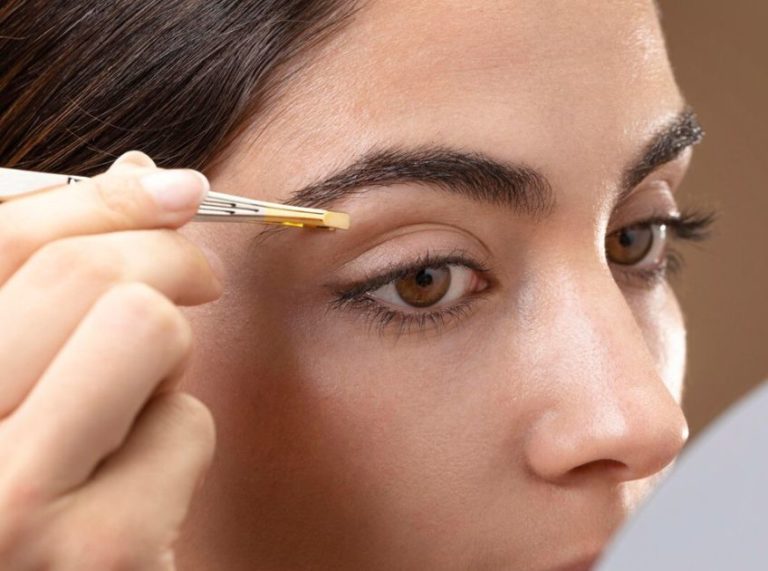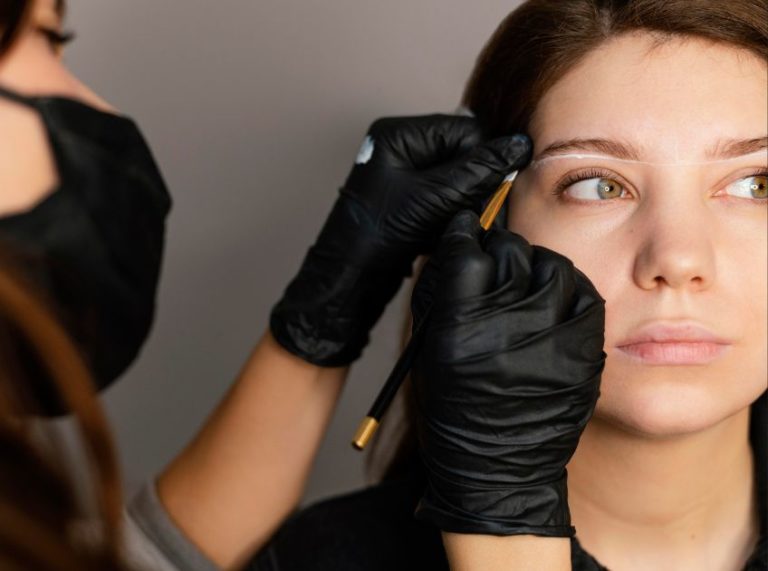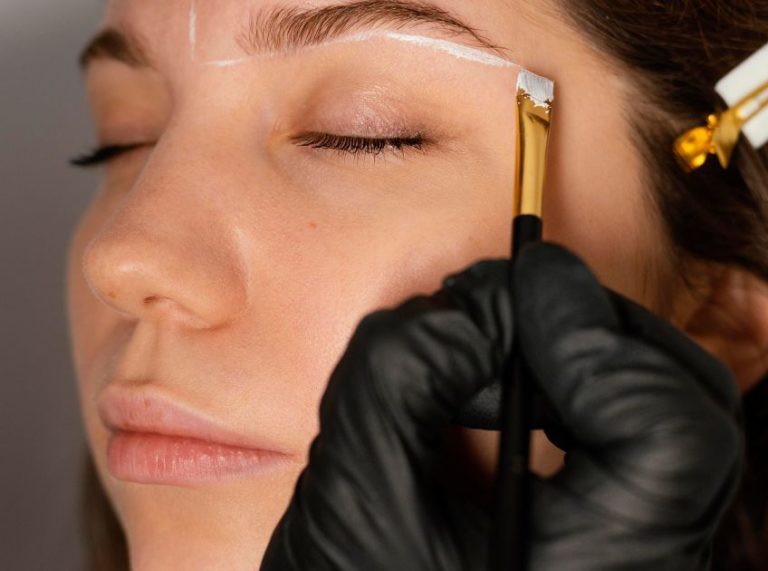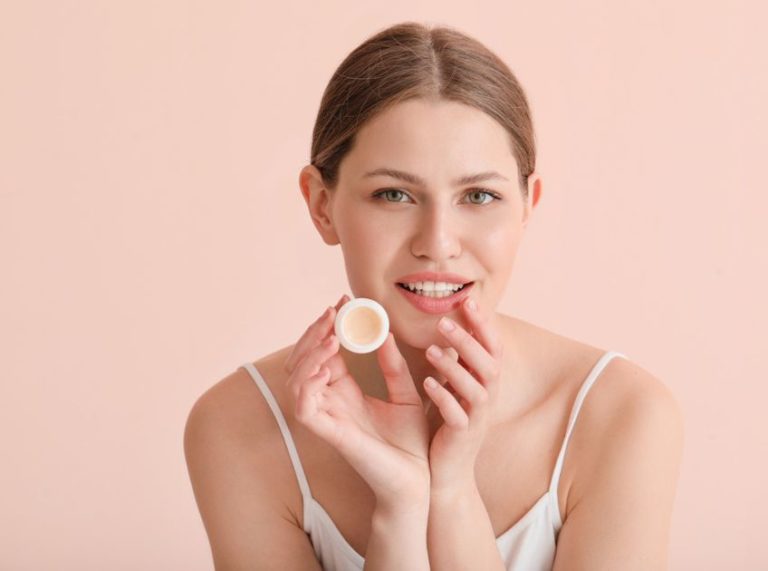
Important: This article is for informational purposes only. Please read our full disclaimer for more details.
Waking up with tired, puffy eyes and stubborn dark circles can make you look more exhausted than you feel. If you’re tired of concealing the problem every day, it’s time to nourish the delicate skin under your eyes with something more effective—coffee-infused eye creams.
Coffee isn’t just for your morning boost. When used topically, it can wake up your skin by reducing puffiness, improving circulation, and minimizing under-eye shadows naturally. Let’s dive into the benefits and best homemade recipes.
Why Use Coffee for Your Under-Eye Area?
- Reduces puffiness and inflammation
- Brightens dark circles over time
- Improves blood circulation under the eyes
- Provides antioxidants that protect delicate skin
- Hydrates and smooths fine lines
The Science Behind Coffee for Skin Care
Caffeine is a vasoconstrictor—it helps constrict blood vessels and reduce swelling (1) (2). It also contains polyphenols, which act as antioxidants to fight free radicals and delay signs of aging (3).
A study published in Skin Pharmacology and Physiology confirms caffeine’s ability to decrease puffiness and enhance skin appearance through its anti-inflammatory and antioxidant actions (4).
What Makes These Ingredients Work?
- Coffee (Ground or Oil-Infused): Delivers caffeine and antioxidants directly to the skin.
- Coconut Oil: Deeply moisturizes and locks in hydration.
- Sweet Almond Oil: Rich in vitamin K and E to reduce discoloration.
- Beeswax or Shea Butter: Creates a creamy texture and strengthens the skin barrier.
- Vitamin E: Fights oxidative stress and improves skin tone.
These ingredients complement coffee’s effects, creating a balanced eye cream for puffiness and pigmentation.
When to Discontinue Use
Stop using the cream if you notice:
- Redness or itching under the eyes
- Small bumps or breakouts
- Watery or irritated eyes after application
Always do a patch test before first use to avoid irritation.
Adjust the Formula to Fit Your Needs
- Add more coffee oil or grounds for increased caffeine concentration
- Use aloe vera for a lighter, gel-based version
- Skip essential oils if you have sensitive skin
- For a firmer texture, increase the beeswax or shea butter
You can personalize the recipe based on how rich or light you want your eye cream to feel.
Best Suited Skin Types
- Dry skin: Try shea butter and almond oil versions for deep nourishment
- Oily or acne-prone skin: Use aloe vera or gel-based formulas with minimal oil
- Sensitive skin: Stick to a minimal, fragrance-free blend with coffee oil and aloe
Is It Safe to Use Around the Eyes?
Yes, if used properly. Avoid getting the cream too close to your lash line to prevent it from entering your eyes. Always use clean fingers or tools for application and store the cream in a clean, airtight container.
Best 2 DIY Coffee Eye Cream Recipes
DIY 1: Coffee & Almond Oil Eye Cream
This lightweight cream helps brighten dark circles and reduce puffiness with the power of caffeine and vitamin-rich almond oil.
Ingredients:
- 1 tablespoon coffee-infused almond oil
- 1 teaspoon beeswax
- 2 drops of vitamin E oil
Directions to Use:
- Make coffee oil by steeping ground coffee in almond oil for 24 hours. Strain.
- Melt beeswax in a double boiler and stir in coffee oil and vitamin E.
- Mix thoroughly and pour into a small glass container.
- Let it cool before sealing the jar.
How to Apply:
- Use your ring finger to gently dab a small amount under each eye
- Apply morning and night on clean, dry skin
- Allow the cream to absorb before layering with other products
- Store in a cool, dark place for up to 3 weeks
DIY 2: Coconut Coffee Eye Balm
This rich balm is perfect as an overnight treatment to hydrate and reduce morning puffiness.
Ingredients:
- 1 tablespoon coconut oil
- 1 teaspoon ground coffee (very fine)
- 1 teaspoon shea butter
- 2 drops of vitamin E oil
Directions to Use:
- Melt the coconut oil and shea butter together on low heat
- Stir in coffee grounds and vitamin E oil
- Pour the mixture into a container and allow it to set
- Use a clean spoon or spatula to scoop each time
How to Apply:
- Apply a pea-sized amount to the under-eye area before bedtime
- Tap gently with the ring finger until fully absorbed
- Avoid rubbing or pulling the skin
- Use 3–4 times a week for best results
Frequently Asked Questions (FAQ’S)
1. Can I use instant coffee for these recipes?
A. No. Instant coffee doesn’t contain the same concentration of antioxidants and caffeine as ground or brewed coffee.
2. How often should I use these creams?
A. Use once daily or every other day to start. Adjust based on how your skin responds.
3. Will this remove dark circles completely?
A. These creams help reduce the appearance over time, but results vary. Consistency and overall lifestyle factors (like sleep and hydration) also matter.
Coffee isn’t just for your cup—it can transform tired, puffy eyes into bright, refreshed ones. With caffeine’s circulation-boosting power and nourishing natural oils, DIY coffee eye creams offer a safe, effective solution to dark circles and puffiness.
Try one of these recipes and give your eyes the energizing treatment they deserve—naturally, affordably, and effectively.

















